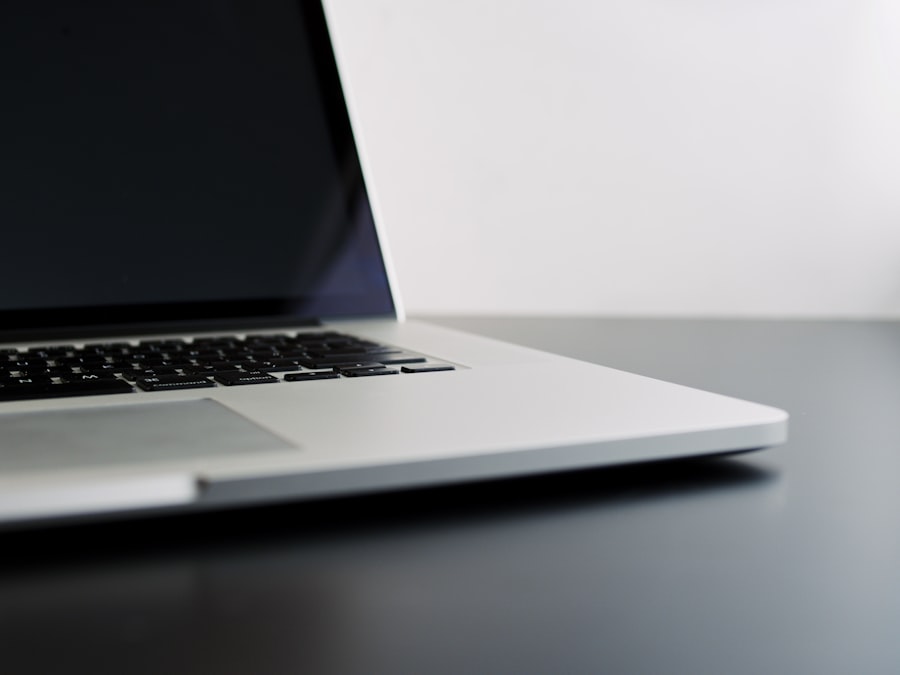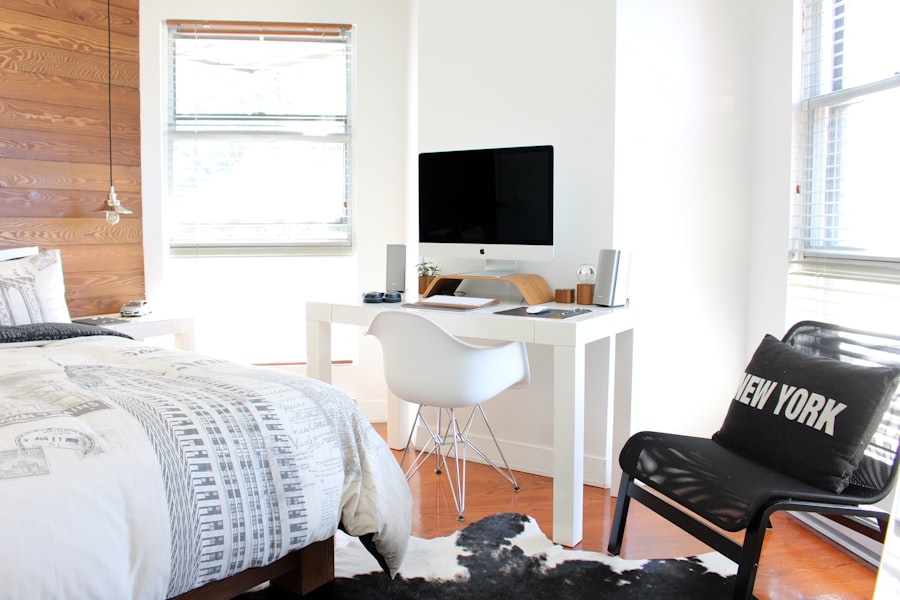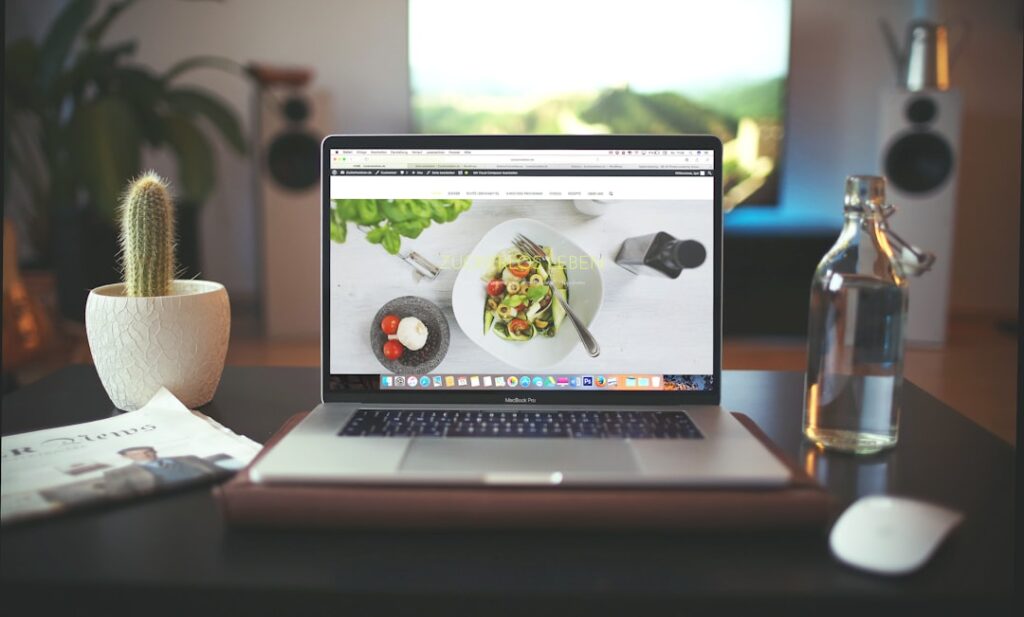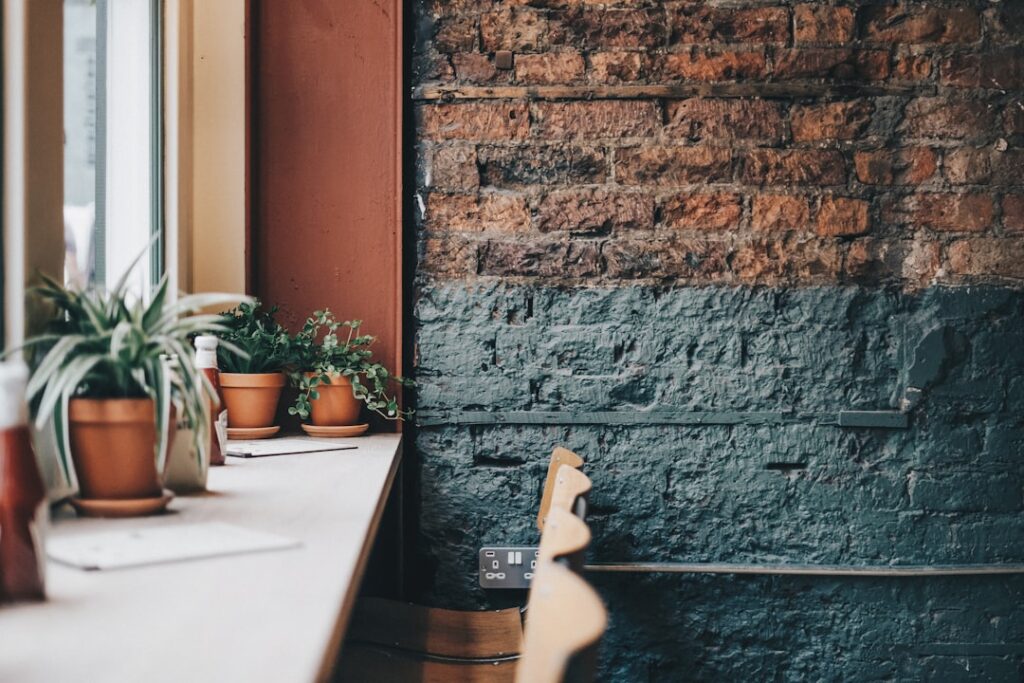The design and layout of office interiors play a pivotal role in shaping the overall work environment. A well-thought-out office interior can significantly influence employee productivity, morale, and even retention rates. Research has shown that employees who work in aesthetically pleasing and functional spaces tend to be more engaged and motivated.
This is not merely a matter of aesthetics; the physical environment can affect cognitive function, creativity, and even stress levels. For instance, an office that is cluttered or poorly designed can lead to distractions, while a thoughtfully designed space can foster collaboration and innovation. Moreover, the importance of office interiors extends beyond employee satisfaction.
It also impacts the company’s image and brand identity. Clients and visitors form impressions based on their first encounters with an office space. A modern, well-organized office can convey professionalism and attention to detail, while a disorganized or outdated space may suggest a lack of care or innovation.
Therefore, investing in quality office interiors is not just about creating a pleasant atmosphere for employees; it is also a strategic move that can enhance a company’s reputation and competitiveness in the market.
Key Takeaways
- Office interiors play a crucial role in creating a positive and productive work environment.
- The right color scheme and lighting can significantly impact the mood and productivity of employees.
- Functional and stylish furniture is essential for creating a comfortable and efficient workspace.
- Incorporating greenery and natural elements can improve air quality and overall well-being in the office.
- Organizing and maximizing space is key to creating a functional and efficient work environment.
Choosing the Right Color Scheme and Lighting
The choice of color scheme in an office can have profound psychological effects on employees. Colors evoke emotions and can influence mood and productivity levels. For example, blue is often associated with calmness and focus, making it an excellent choice for areas where concentration is key.
On the other hand, warmer colors like yellow and orange can stimulate creativity and energy, making them suitable for brainstorming rooms or collaborative spaces. It is essential to consider the nature of the work being done in different areas of the office when selecting colors. A balanced approach that combines various colors can create a dynamic environment that caters to different needs.
Lighting is another critical aspect of office interiors that should not be overlooked. Natural light is known to boost mood and energy levels, so maximizing windows and open spaces can create a more inviting atmosphere. However, not all offices have the luxury of abundant natural light.
In such cases, artificial lighting should be carefully considered. The use of LED lights with adjustable brightness can help mimic natural light conditions, reducing eye strain and enhancing comfort. Additionally, incorporating task lighting in workspaces allows employees to control their immediate environment, further promoting productivity.
Selecting Functional and Stylish Furniture

When it comes to office furniture, functionality should always be a priority. Ergonomic furniture is essential for promoting employee health and well-being. Desks that allow for height adjustments enable employees to alternate between sitting and standing, which can reduce the risk of musculoskeletal disorders.
Chairs should provide adequate support for long hours of sitting, with features such as lumbar support and adjustable armrests. However, functionality does not have to come at the expense of style. The modern market offers a plethora of options that combine both aspects seamlessly.
In addition to ergonomics, the aesthetic appeal of furniture contributes significantly to the overall ambiance of the office. Sleek designs in contemporary materials such as metal, glass, or sustainable wood can enhance the visual appeal of a workspace. Open-plan offices benefit from modular furniture that can be easily reconfigured to accommodate changing team dynamics or project needs.
Furthermore, incorporating collaborative furniture such as lounge areas or communal tables encourages interaction among employees, fostering a sense of community within the workplace.
Incorporating Greenery and Natural Elements
The integration of greenery and natural elements into office interiors has gained popularity in recent years due to its numerous benefits. Plants not only enhance the aesthetic appeal of a workspace but also improve air quality by filtering toxins and increasing oxygen levels. Studies have shown that having plants in the office can lead to reduced stress levels and increased productivity among employees.
Simple additions like potted plants on desks or larger indoor trees in common areas can create a more inviting atmosphere. Beyond plants, incorporating natural materials such as wood or stone can further enhance the connection to nature within an office space. Biophilic design principles advocate for creating environments that foster a connection with nature, which has been linked to improved well-being and creativity.
Features like living walls or water elements can serve as focal points that draw attention while providing calming effects. By thoughtfully integrating these elements into office interiors, companies can create spaces that promote health, well-being, and productivity.
Organizing and Maximizing Space
Effective organization is crucial for maintaining an efficient workspace. A cluttered environment can lead to distractions and decreased productivity, making it essential to implement strategies for maximizing space utilization. One approach is to adopt an open-plan layout that encourages collaboration while minimizing barriers between teams.
This design fosters communication and teamwork but requires careful planning to ensure that noise levels remain manageable. Storage solutions are also vital for keeping an office organized. Utilizing vertical space with shelves or cabinets can help free up floor space while providing easy access to necessary materials.
Additionally, incorporating multifunctional furniture—such as desks with built-in storage—can help reduce clutter while maintaining a sleek appearance. Regularly assessing the organization of shared spaces like meeting rooms or break areas ensures that they remain functional and inviting for all employees.
Utilizing Technology for a Modern Workspace

In today’s digital age, technology plays an integral role in shaping modern workspaces. The integration of smart technology can enhance efficiency and streamline operations within an office environment. For instance, smart lighting systems that adjust based on occupancy or time of day can save energy while providing optimal lighting conditions for employees.
Similarly, advanced audiovisual equipment in meeting rooms facilitates seamless communication during virtual meetings, ensuring that remote team members feel included. Moreover, technology can also enhance employee collaboration through tools such as project management software or communication platforms. These tools allow teams to share information in real-time, fostering a culture of transparency and collaboration regardless of physical location.
By embracing technology in office interiors, companies can create dynamic workspaces that adapt to the evolving needs of their workforce.
Adding Personal Touches and Branding
Incorporating personal touches into office interiors helps create a sense of belonging among employees. Allowing team members to personalize their workspaces with photos or mementos fosters a more comfortable environment where individuals feel valued and connected to their surroundings. This personalization can extend beyond individual desks; communal areas can be adorned with artwork created by employees or photographs from company events, reinforcing a sense of community.
Branding is another essential aspect of office interiors that should not be overlooked. The physical space should reflect the company’s values and culture through design elements such as color schemes, logos, and signage. For example, tech companies often opt for modern designs with vibrant colors that reflect innovation and creativity, while more traditional firms may choose classic furnishings that convey professionalism and stability.
By aligning office interiors with brand identity, companies can create cohesive environments that resonate with both employees and clients.
Maintaining a Clean and Clutter-Free Environment
A clean and clutter-free environment is fundamental for promoting productivity and well-being in the workplace. Regular cleaning schedules should be established to ensure that all areas are maintained to high standards of hygiene and organization. This includes not only individual workspaces but also shared areas such as kitchens, restrooms, and meeting rooms.
A clean environment reduces distractions and creates a more pleasant atmosphere for everyone. Encouraging employees to take responsibility for their own spaces is also crucial in maintaining order within the office. Implementing organizational systems such as designated storage areas or labeling systems can help employees keep their workspaces tidy.
Additionally, promoting a culture of decluttering—where employees regularly assess what items are necessary—can lead to a more organized environment overall. By prioritizing cleanliness and organization within office interiors, companies can foster a more productive and enjoyable workplace for all employees.
If you are looking to upgrade your office with executive desks, you may want to check out this article on officeinterior.ae. They offer tips and ideas on how to choose the right executive desk for your workspace. Additionally, if you are interested in modern interior design or stylish office interior decor, you can also find helpful articles on officeinterior.ae and officeinterior.ae respectively. These resources can provide inspiration and guidance for creating a functional and aesthetically pleasing office environment.
FAQs
What is interior design for offices?
Interior design for offices is the art and science of enhancing the interior of a workspace to create a more aesthetically pleasing and functional environment for the people using the space.
What are the benefits of good office interior design?
Good office interior design can improve employee productivity, morale, and well-being. It can also create a positive impression on clients and visitors, and help to maximize the use of space.
What are some key elements of office interior design?
Key elements of office interior design include space planning, furniture selection, lighting, color schemes, and the use of materials and finishes.
How does office interior design impact productivity?
Well-designed office spaces can improve productivity by creating a comfortable and efficient work environment, reducing distractions, and promoting collaboration and creativity among employees.
What are some popular trends in office interior design?
Some popular trends in office interior design include open floor plans, flexible workspaces, biophilic design (incorporating nature into the workspace), and the use of sustainable and eco-friendly materials.
How can businesses benefit from hiring a professional interior designer for their office?
Hiring a professional interior designer can help businesses create a customized and functional workspace that reflects their brand and values, while also maximizing the use of space and creating a positive work environment for employees.


